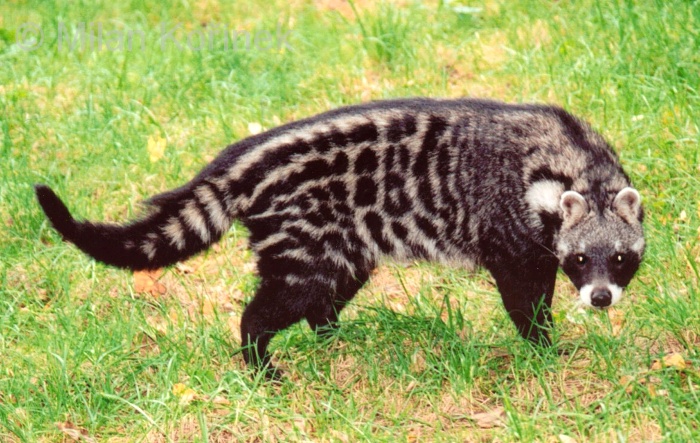Serval cat is a slender, medium sized cat weighing 8-18kgs but female is slightly lighter. Head and body length is typically between 68-100cm and male tend to be sturdier than female. Have small head, large ears, spotted and striped coat, long legs and a black tipped tail.
Serval is a carnival that prey on rodents, particularly rats, small birds, frogs, insects and reptiles. Prefers areas with cover, such as reed, tall grasses and water bodies such as wetlands and savannah.
The serval cat has longest legs of any cat relatively to its body size and toes are elongated as well and unusually mobile. Their long legs raise them above muddy ground and water. The coat is basically golden-yellow to buff, and extensively marked with black spots and stripes. The spot show great variation in size. The closely set ears are black on the back with horizontal white band and can rotate up to 180degrees independently of each other. Serval has a good sense of smell, hearing and vision.
The serval is active in the day as well as at night with activities starting from early morning, around twilight and at midnight. They remain cautious of their vicinity, though they may be less alert when no large carnivores or prey animals are around.
A solitary animal with little social interaction among serval except in the mating season when pairs of opposite sexes may stay together. Gestation period lasts for two to three months. The long lasting bond appears to be of the mother and her cub which lasts for a year. Both male and female establish home range and are most active only in certain regions within them.








